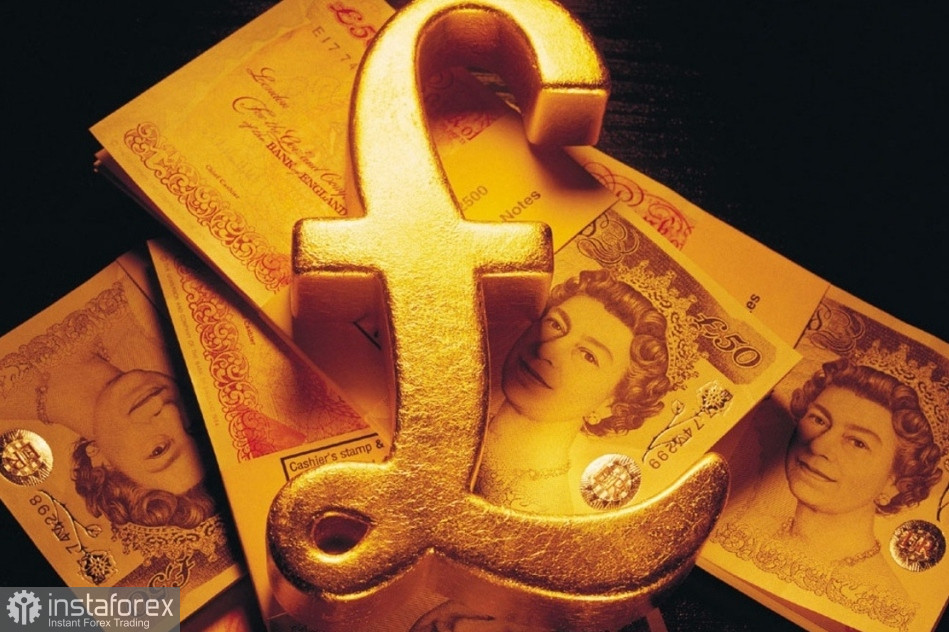The pound sterling continues to rise following the GDP report for February.The UK economy remained strong even despite massive strikes and stubborn inflation, which hampered national output growth. The report logged a fairly stable GDP in February but it turned out to be slightly worse than the consensus. Economists had projected a 0.1% uptick. The decline was recorded in both the service sector and the manufacturing sector which was partially offset by a record 2.4% growth in construction.
All in all, the UK economy grew by a minor 0.1% in February after the upgraded 0.4% increase in GDP in January, which means production growth of 0.1% for the three months ending February.
As I noted above, the strikes, which were supported by many civil employees, from teachers and doctors to railway workers, significantly affected economic activity, leading to a drop in service sector volume in February. "Unofficial data in monthly business surveys indicated that the strikes in February 2023 had a serious impact on various industries to varying degrees," the Office for National Statistics said. "The sectors affected include the healthcare sector, public employment, education sector, and the railway network."

In response to these figures, UK Finance Minister Jeremy Hunt said the country's outlook is better than expected, stressing that the UK is determined to avoid a recession benefitting from new measures taken.
Interestingly, the independent Office for Budget Responsibility no longer expects the UK economy to enter a technical recession in 2023, defined as two consecutive quarters of GDP contraction. Interestingly, the Kingdom's budget situation has significantly improved due to falling gas prices.
However, recession fears will likely haunt the UK for some time. Economists expect the central bank to proceed with aggressive rate hikes to curb skyrocketing inflation. High inflation poses the risk of sustaining in Great Britain indefinitely. Let me remind you that in February, consumer prices unexpectedly jumped to 10.4% on an annual basis. As some experts note, the increase in household income from lower inflation and reduced electricity bills is largely offset by rising taxes and the lagged effect of interest rate hikes.
Importantly, the UK has now restored its pre-pandemic production levels, making it the last major economy to do so. Despite Hunt's pledges, most of the population has got stuck in a cost-of-living crisis as inflation continues to significantly outpace wage growth, exacerbating the threat of further strikes.
As for the technical picture of GBP/USD, the bulls are still setting the tone for the market. To further develop the uptrend, it is necessary to take over 1.2550. Once this level is broken, the bulls will assert themselves and cement the hope for a further climb to 1.2590. After this, we can predict a sharper rise to 1.2630. In case GBP/USD declines, the bears will try to take control over 1.2515. If successful, breaking this range will challenge the bulls' dominance and push GBP/USD down to a low of 1.2480 with the prospect of a lower drop to 1.2435.
As for EUR/USD, in technical terms, the bulls still have a chance to insist on further growth so that the price could update its highs. To do this, it is necessary to settle above 1.1050 and take control of 1.1090. This will allow the bulls to break out beyond 1.1125. From this level, the door will be open to 1.1170. In case the trading instrument declines, I expect any actions from major buyers only around 1.1050. If no price action follows, it would be a good idea to wait until a low of 1.1010 is updated or open long positions from 1.0970.





















